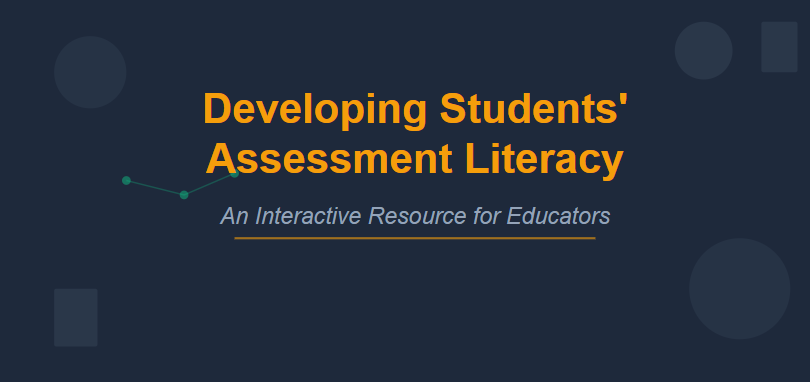Encouraging students to use feedback.
Academic staff frequently express concern that they have spent a lot of time producing written feedback about students’ assessment submissions, but that their students seem to either not read it, or to ignore it.
Students’ use of feedback.
We cannot force students to act upon the information we provide them with. It’s likely that not every student will engage with it. Students are not obliged to use feedback. People are often ambivalent when it comes to making changes in their lives. We often do not do things that we know are good or beneficial for us. To resolve our ambivalency, we have to genuinely believe that the benefits of pursuing one course of action will outweigh the costs; the advantage[s] must outweigh the disadvantage[s]. The implication is that we need to explain to students why they need to use feedback, how to use it, and why investing time and effort will help improve their learning, competency and future attainment. This is part of developing students’ assessment and feedback literacy.
Feedback needs to be Actionable
If we want students to act on our feedback we need to ensure that:
[i] They understand it – so the language needs to be clear, fairly precise, and concise. It needs to directly relate to the competence[s] they are evidencing.
[ii] They can actually do something with it. It needs to be actionable – the student needs to be able to do something tangible with it to improve.
[iii] More is not necessarily better. Often, it’s better to provide students with feedback about three-four things they can use, rather than overwhelming them too much information and subsequently not doing anything with it.
[iv] It is provided at an appropriate time. Feedback that’s intended to be formative if provided at the same time as a summative grade [which happens throughout higher education] may not be appreciated, assimilated or utilised, because some students, particularly those who have not achieved as high a grade as they expected, may focus solely on the grade and ignore the feedback. There’s a strong argument that summative feedback on learning should be provided totally separately to formative feedback for learning [they should be ‘disentangled’ Winstone and Boud, 2021] – yet this rarely happens in higher education.
[v] It is provided in an appropriate format. For some learners written feedback may be preferred, for others it may be audio or video feedback. For some it may be most effective as verbal feedback in a one-to-one meeting.
Wherever possible we should ask our students about how much feedback they want or need, when they want it and what format they want it in.
For students to be able to use feedback, three conditions are necessary according to (Sadler, 1989).
They must know:
- what good performance is (i.e. the student must possess a concept of the goal or standard being aimed for);
- how their current performance relates to good* performance (for this, the student must be able to compare current and good performance)
- how to act to close the gap between current and good performance.
*Sadler uses the term ‘good’ – which in a Competence-Based system equates to ‘competent’ or evidencing competency.
Remember, students have frequently put a considerable amount of time, energy, and effort into producing their assessed work. They may be very proud of it. If they perceive your feedback to be ‘negative’ or overly critical it can be very demotivating.
Seven principles of good feedback practice (Nicol and Macfarlane-Dick, 2006).
Good feedback:
- helps clarify what good performance is (goals, criteria, expected standards);
- facilitates the development of self-assessment (reflection) in learning;
- delivers high quality information to students about their learning;
- encourages teacher and peer dialogue around learning;
- encourages positive motivational beliefs and self-esteem;
- provides opportunities to close the gap between current and desired performance;
- provides information to teachers that can be used to help shape teaching.
Things to consider – what could your programme team do?
Some things could be:
- Build a feedback contract with staff that outlines key principles of effective feedback for your discipline and your programmes.
- Agree amongst staff the amount of feedback to provide and what level of detail it should go into.
- Explain to students that feedback needs to be acted upon if they want to improve.
- Produce checklist/reminders that staff can use to see if their feedback is meeting the principles we’ve outlined here. At its simplest this could use the following TAFFSDBoEC acronym. Is the feedback provided: Timely Actionable Forward-Facing Supportive Developmental, and Based on Evidencing Competence?
- Consider how individual markers relate their feedback to what’s already been provided by other staff [constructively aligned feedback at programme-level], so that individual module feedback links with other modules and is aligned to programme competences.
- Ensure that feedback clearly relates to your marking criteria, against the competences, so that students can see what they need to do close the gap for their next assignment.
- Ask students when they would like to receive feedback and what would be the ‘best’ format to receive it in.

